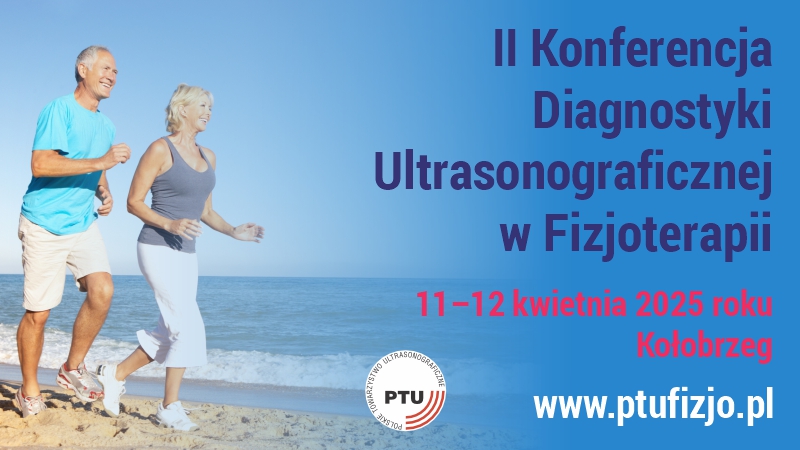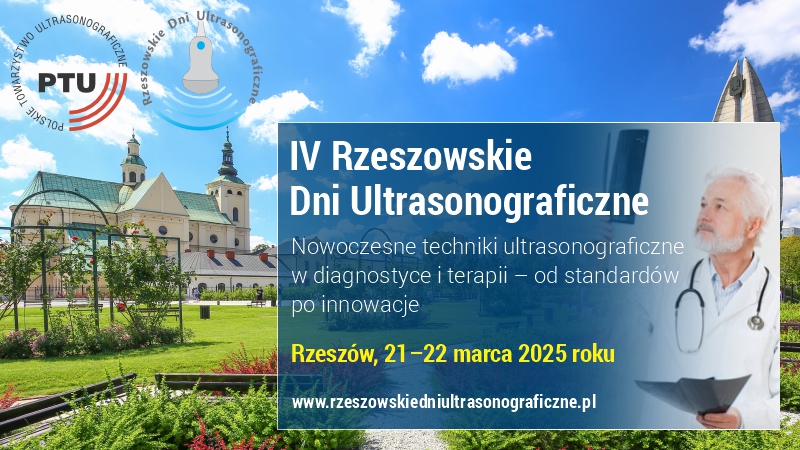Application of ultrasound examination in tactical conditions illustrated with an example of the Field Hospital of the Polish Military Contingent in Afghanistan
Waldemar Machała1, Tomasz Wiśniewski1,2, Robert Brzozowski3,4
 Affiliation and address for correspondence
Affiliation and address for correspondenceIt is assumed that tactical medicine encompasses all therapeutic activities performed by a military medical service during military and humanitarian missions. Its scope is only apparently limited by the standards which, when referred to the NATO member countries, have been collected in the Joint Theater Trauma System – Clinical Practice Guidelines. The stage-structured character of medical assistance and treatment of the wounded, injured and sick patients assumes that the scope of therapeutic activities performed at each stage is limited only to essential actions. Consequently, more injured patients may be saved – those for whom life-saving activities are performed prior to their transfer to a higher level. The second level is represented by a field hospital. Its first structure is the trauma room in which a rescue team saves and qualifies the injured for further medical activities. Each injured patient undergoes an eFAST ultrasound examination which allows for a quick decision about a surgical treatment to be provided. Moreover, this technique is helpful in vascular cannulation. The authors present their own experiences with using an ultrasound examination during the work in the Field Hospital of the Polish Military Contingent in Afghanistan.






